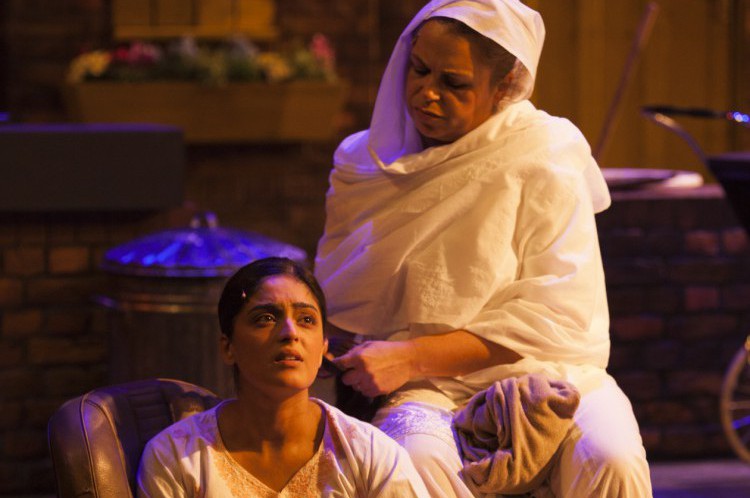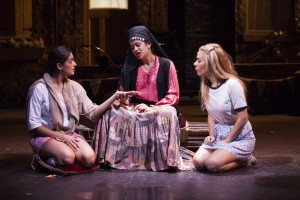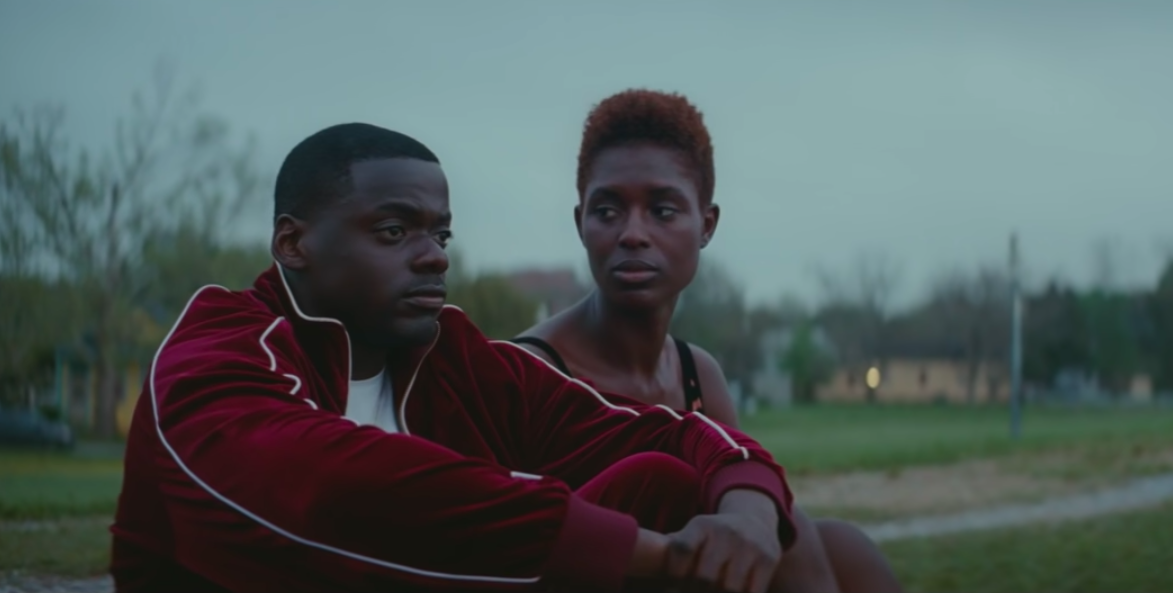
Set in the Midlands in 1972, Anita and Me is a quirky and charming little musical adapted from the award winning novel from which it takes its name. A story of a tentative friendship between two unlikely friends, the musical revolves around two British-born girls: Meena, a natural comedian struggling to be the “good Indian girl” that her family want her to be; and Anita, the femme fatal, the ballsy blonde bombshell whose confident exterior hides deeper, darker family troubles.
This coming of age play explores the struggles all teenagers face – trying to find where you belong. However the play also tackles how much harder it is when you are a person of colour, the child of immigrants, and the obvious minority in an otherwise white town. What really draws the audience in is Mandeep Dhillon’s performance as Meena. Mandeep is stunning in her portrayal of Meena’s disenchantment with her Indian heritage, and the dissatisfaction she has with not completely fitting in. These darker feelings are pitted against a comedic backdrop and caricature-esque supporting characters, helping make Meena’s struggle all the more engaging.
Anyone with parents who are immigrants understand the feeling of not quite being able to fill the space between your family’s culture and the community in which they have settled. Anita and Me encompasses that. However, there is one beautiful moment that lands right in that gap. Namina, Meena’s grandma, visits and, during the town fair, she trades jam tarts and pakora with Mrs Worall, the woman who has been like a grandmother to Meena her whole life. Yet the play culminates in the family leaving their quiet, little town of Tollington to be closer to the larger Indian community in Wolverhampton.
The play is filled with racial slurs throughout which, at first, seem unnecessary and only intended to draw an obvious reaction from the audience. But the reality is that, in 1970s Britain, such language would have been commonplace. What becomes stirring in the play is the obvious xenophobia and, while we might feel that Britain has moved on and evolved past this in the last 40 years, the recent migrant crisis is proof that it hasn’t. While the faces of the migrants struggling to fit in have changed, the lingering feelings in some corners of Britain remain the same.
Overall, the play is heart-warming and beautiful. The songs where Meena sings to the agony aunts from the magazines she idolises pull on the heart strings as you identify so much with her confusion. However the ending of the family moving away felt a bit empty, as if there was more that needed to be told. We never learn the fate of Meena’s troubled friend Anita. When Meena leaves the village for the bigger city it feels like she is moving on and leaving herself behind. As the conclusion to the play, this seems a little sad and out of place, almost as if she can’t choose both her Indian culture and the culture of the mining village.
You can see the play at Theatre Royal Stratford East:
Thursday 29 October – 21 Nov
All images courtesy of Pip Gill Publicity










